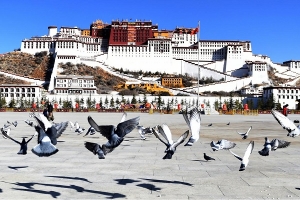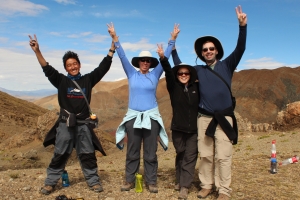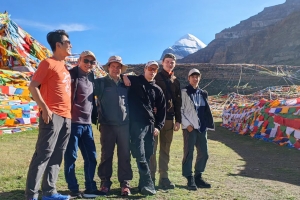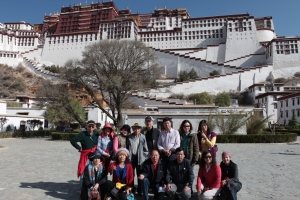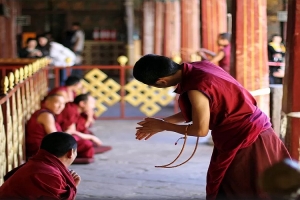When you hear the phrase “travelling to Tibet”, do images of life-threatening mountain passes, treacherous snowstorms, and oxygen-starved adventurers gasping for air come to mind? If so, you’re not alone. Tales of perilous journeys across the vast Tibetan Plateau have been passed down for decades, often painting a dramatic picture of danger and death. But how real are these risks today? Is travelling in Tibet still a perilous gamble with one’s life, or has modern tourism made it relatively safe?
The reality is that while Tibet offers an extreme environment that demands respect, the risks are often exaggerated. Let’s break down the key concerns and how travellers can mitigate them to have a safe, memorable trip.
The Myth of Death on the Plateau
Stories of fatalities during Tibetan expeditions aren’t baseless. Historically, explorers and early mountaineers faced severe conditions without the benefits of today’s technology, transportation, or medical knowledge. However, modern travellers are not embarking on uncharted expeditions—they’re visiting well-trodden routes with guides, oxygen supplies, and improved infrastructure.
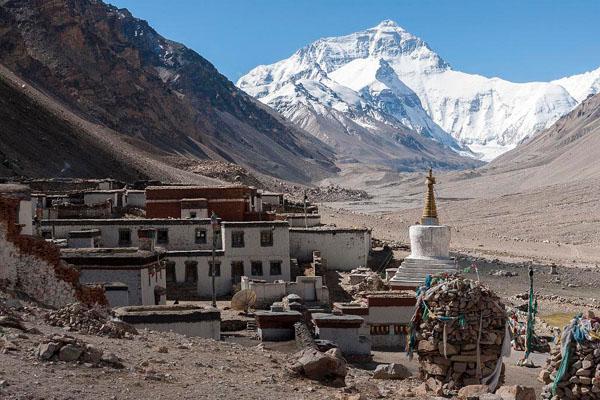
So, what are the actual risks today?
1. Altitude Sickness: The Main Concern
The most significant risk in Tibet is altitude sickness, also known as Acute Mountain Sickness (AMS). With the average altitude of Tibetan cities and tourist spots exceeding 4,000 metres (13,000 feet) above sea level, the air contains significantly less oxygen than at lower elevations.
- Mild symptoms: Most visitors will experience mild AMS symptoms, such as headaches, nausea, and fatigue, especially within the first couple of days.
- Severe symptoms: In rare cases, AMS can escalate into life-threatening conditions like High-Altitude Pulmonary Edema (HAPE) or High-Altitude Cerebral Edema (HACE).
Fatality risk: While severe cases can be fatal, this is rare and largely preventable. Most tourists who acclimatise properly, avoid overexertion, and stay hydrated recover quickly from mild symptoms. If symptoms worsen, descending to a lower altitude usually resolves the problem.
Preventive measures:
- Spend a few days acclimatising in lower-altitude cities like Lhasa (3,650 metres) before venturing higher.
- Avoid heavy physical exertion during the first few days.
- Drink plenty of water and avoid alcohol.
- Consider taking preventive medication like acetazolamide (consult a doctor beforehand).
2. Weather Extremes: A Manageable Threat
Tibet is known for its unpredictable and sometimes extreme weather. Temperatures can drop drastically at night, especially in higher regions or during the winter months.
- Hypothermia risk: Trekking in high-altitude regions during severe weather without proper gear can lead to hypothermia, a potentially fatal condition.
However, modern trekking gear, weather forecasting, and guided tours have drastically reduced these risks. Most tourists stick to established routes and travel during the warmer months (May to October), when weather conditions are more predictable and manageable.
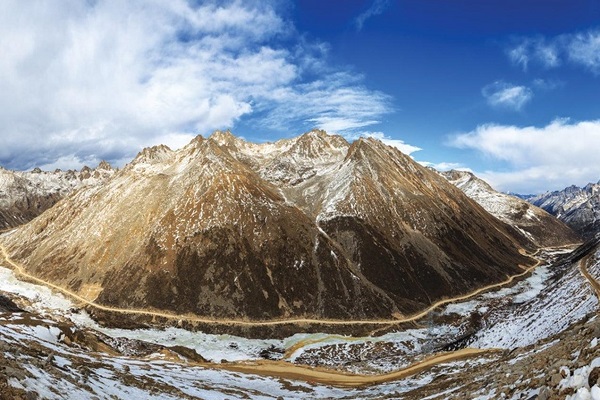
3. Remote Location and Limited Medical Facilities
Tibet’s remoteness can pose a challenge in case of medical emergencies. While larger cities like Lhasa have hospitals, medical facilities in rural areas are limited. This remoteness means that if a serious issue arises, getting professional medical help can be delayed.
Fatality risk: Though delays in treatment can increase the severity of certain conditions, deaths due to lack of medical access are exceedingly rare among tourists.
Preventive measures:
- Travel with a reliable guide who can help in case of emergencies.
- Carry a well-stocked first-aid kit and any necessary medications.
- Purchase travel insurance that covers high-altitude trekking and medical evacuation.
4. Road Accidents: A Lesser-Known Hazard
Tibet’s rugged terrain means that many roads are winding, narrow, and sometimes poorly maintained. Landslides and rockfalls can occur, especially during the rainy season.
Fatality risk: Though road accidents can happen, fatalities are rare, particularly on well-travelled tourist routes. Drivers in Tibet are generally experienced in handling the difficult terrain.
Preventive measures:
- Hire reputable drivers familiar with the region.
- Avoid travelling during or immediately after heavy rainfall when landslides are more likely.
5. Underlying Health Conditions
Travellers with pre-existing health conditions, especially heart or lung issues, are at higher risk when exposed to Tibet’s high-altitude environment. Even healthy individuals may find the thin air challenging, so those with medical conditions must take extra precautions.
Fatality risk: The risk is only significant for individuals who ignore their doctor’s advice or fail to prepare properly.
Preventive measures:
- Consult a doctor before travelling.
- Ensure that any chronic conditions are well-managed.
- Travel with necessary medications and a plan for emergencies.
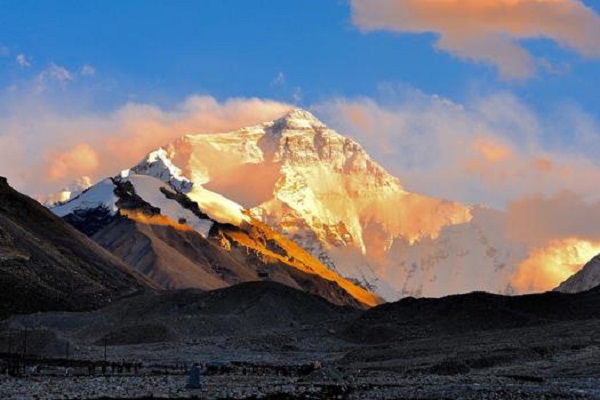
6. Trekking Hazards: Adventure, Not Recklessness
For those venturing into Tibet’s wilderness for trekking, the risks increase slightly. Trekking hazards include:
- Falls or injuries on rugged trails
- Getting lost in remote areas
- Exposure to harsh weather
However, these risks are typical of any high-altitude trekking destination and can be mitigated with proper preparation.
Preventive measures:
- Always trek with a guide.
- Use proper gear and clothing.
- Stick to established trails.
- Inform someone of your plans and expected return time.
Safe Travels with Respect for the Environment
Despite its reputation for danger, travelling in Tibet is generally safe for those who take basic precautions. The risks of death or serious injury are low compared to the number of tourists who visit each year without incident. With proper acclimatisation, preparation, and respect for the region’s unique environment, you can explore the awe-inspiring landscapes of Tibet without undue fear.
While Tibet demands a level of physical and mental preparedness, it rewards travellers with experiences unmatched anywhere else in the world. So, don’t let exaggerated tales of danger deter you—adventure awaits, and with the right approach, it’s far from deadly.
Happy (and safe) travels! Tashi delek!


